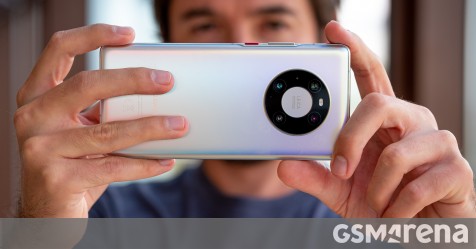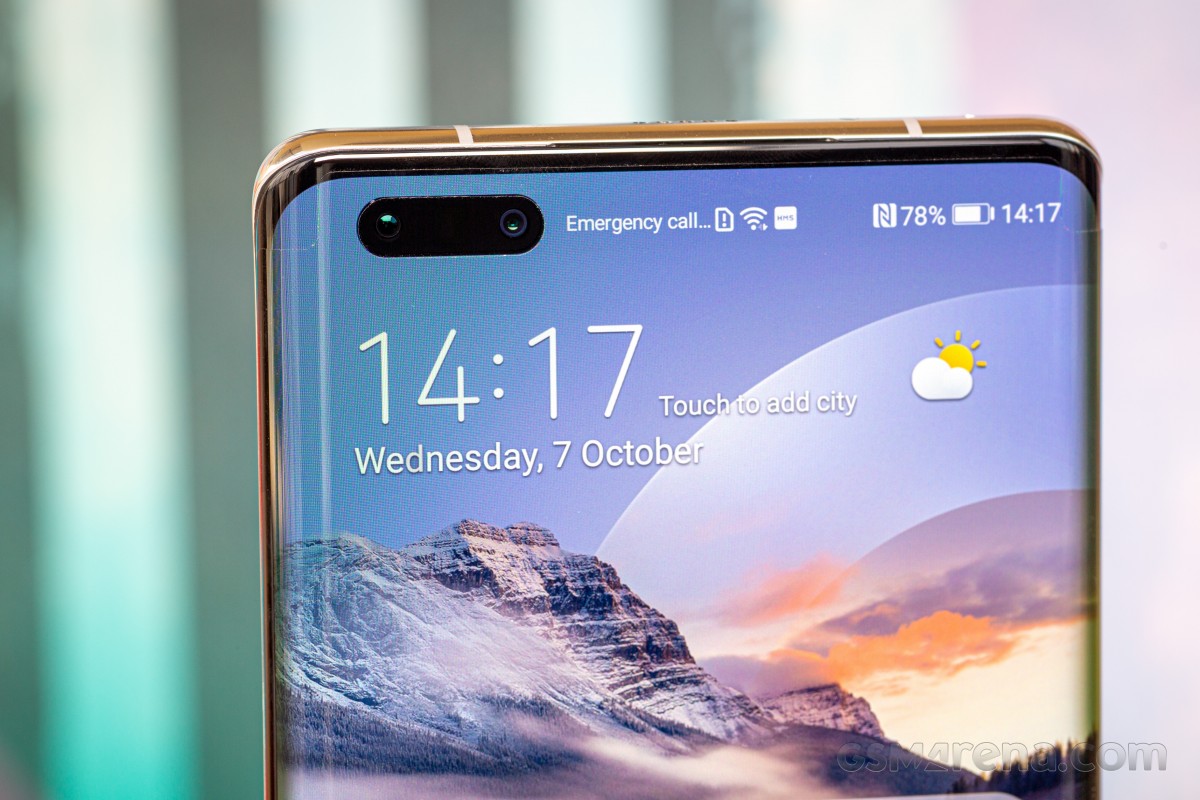Huawei unveiled the Mate 40, Mate 40 Pro, Mate 40 Pro+, and Porsche Design Mate 40 RS today, but it seems like every media outlet was only sent the Mate 40 Pro, just like what initially happened with the P40 family. So we have our Mate 40 Pro review out already, but so does DxOMark, and the new device has entered its charts at No.1 both for its rear camera system as well as its selfie prowess.
For the rear cams, the Mate 40 Pro takes the crown from the Xiaomi Mi 10 Ultra, while for selfies it’s a family affair, with the previous record holder being the Huawei P40 Pro.
If you’re interested in the nitty gritty of DxOMark’s testing, make sure you visit both Sources linked below. We’ll give you a quick rundown of their findings, starting with the rear camera setup.
Let’s start by saying that the Mate 40 Pro’s photo subscore of 140 is a new high as well. DxOMark was particularly impressed with the handset’s dynamic range, which is very wide across all light levels, even in very challengingly lit situations. Obviously, this means the it’s a great option for shooting in low-light.
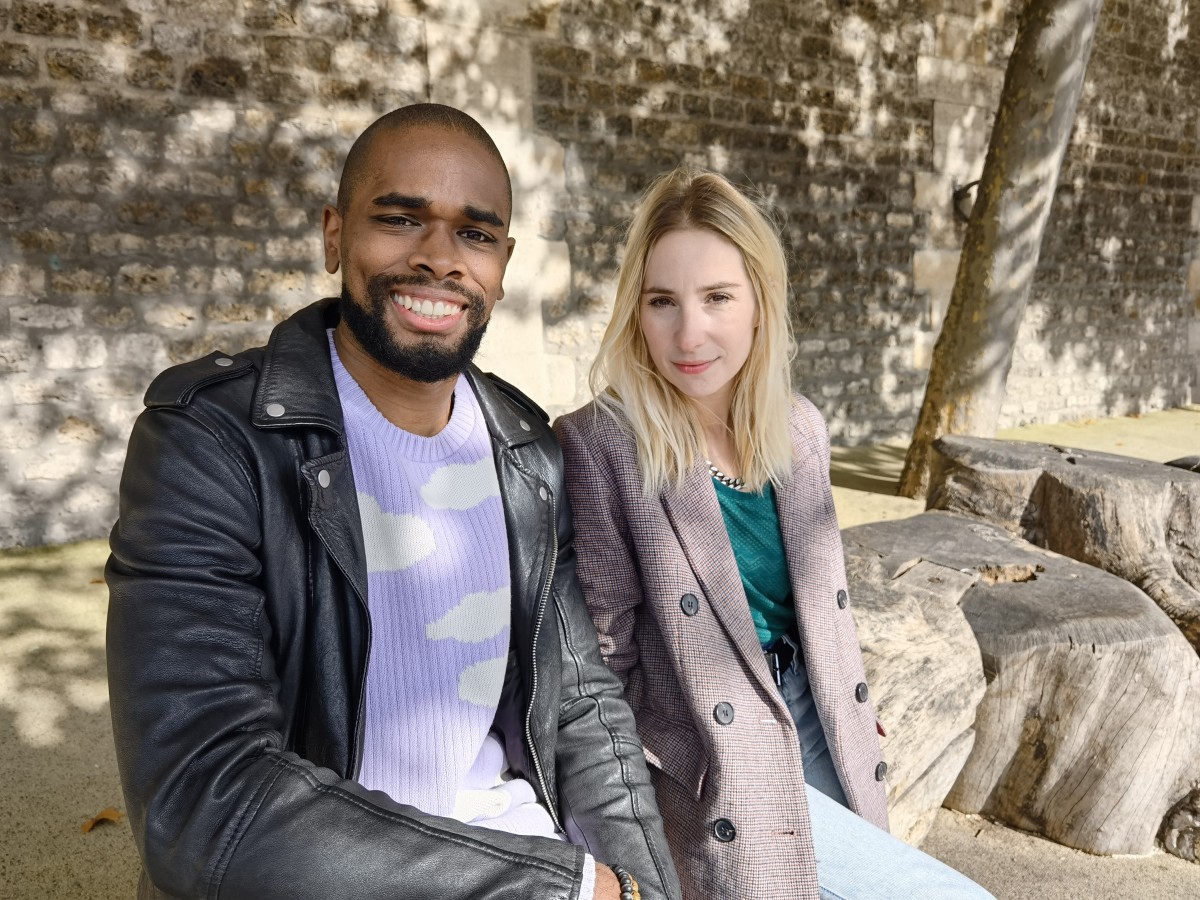
The camera also offers a good tradeoff between texture and noise, with good detail and low noise across all ambient light levels. Autofocus on the main cam is accurate and delay-free, while the portrait mode creates natural-looking bokeh that’s pretty similar looking to what you can get from a DSLR and fast lens. Color rendering is excellent too.
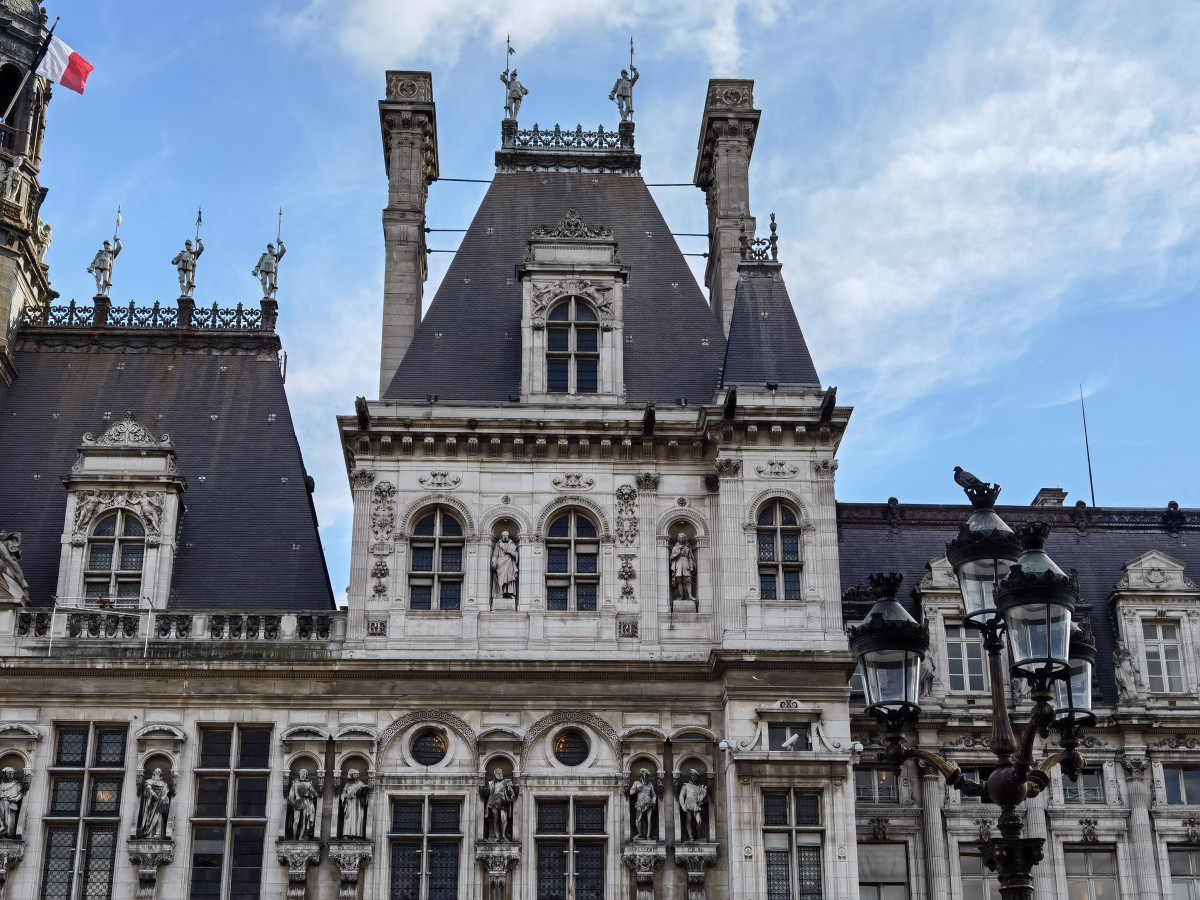
Autofocus on the tele lens is a bit hit-and-miss, and the phone would’ve benefitted from having a second zoom lens with a shorter range, like the Mate 40 Pro+ and the Mi 10 Ultra. The ultrawide camera is very good in terms of quality, but it’s also one of the narrowest ultrawides out there.

The Mate 40 Pro also takes the top spot with its video subscore of 116, with good detail and low noise levels in all situations. Colors are nice, auto white balance works well, autofocus is accurate and adapts smoothly when the subject distance changes, and video stabilization is very good, creating a cinematic effect, which is particularly noticeable when panning or running while recording. It only struggles while walking when recording in low light, which is also when you may see sharpness differences between frames.
Flipping the phone over reveals a selfie snapper which delivers good face exposures including in low light levels, and it also has a wide dynamic range. This is very useful in backlit situations, and other high contrast scenes. Colors are nice, while white balance is good in low light but can be slightly inaccurate in other conditions.
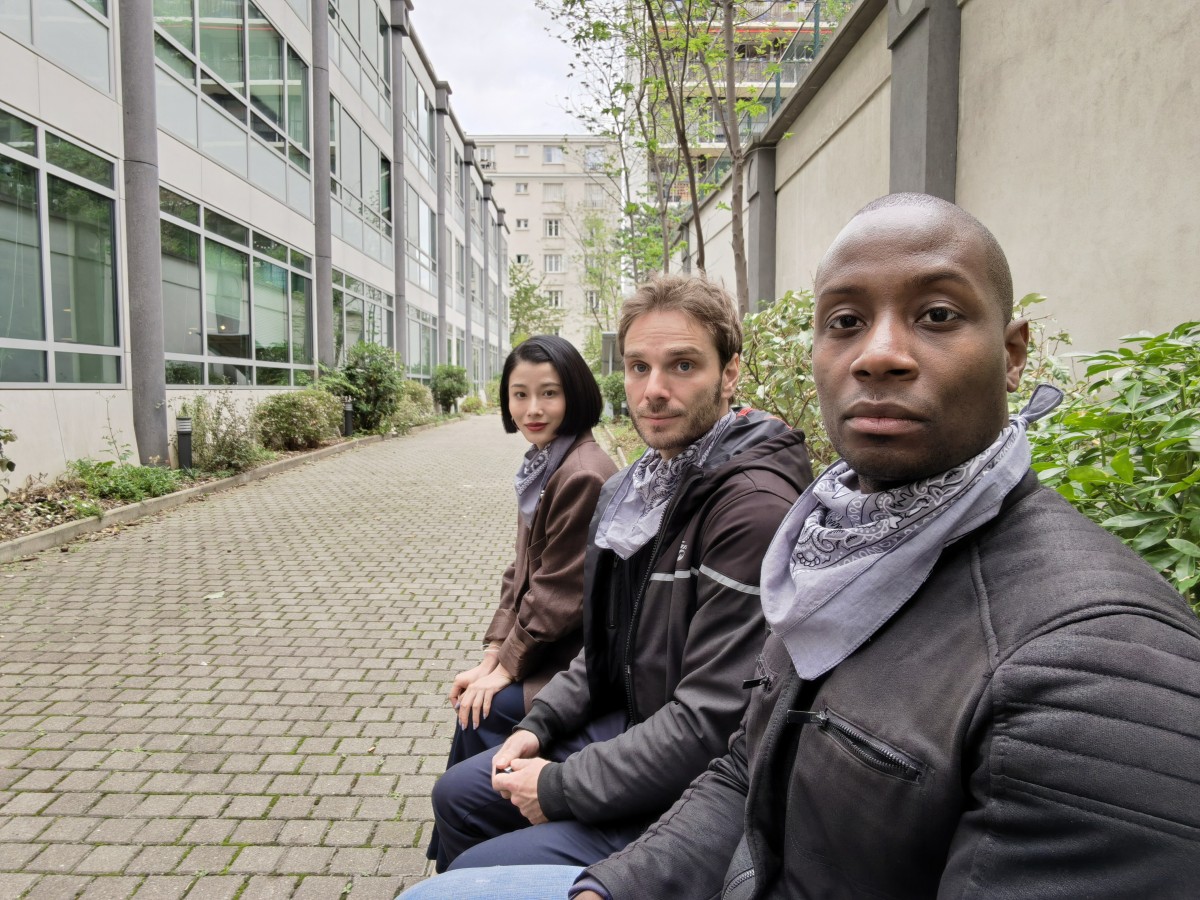
Despite its fixed focus, the camera scores highly for focusing, and it has a wide depth of field, although there’s an understandable reduction in detail in low light. Noise is good in all conditions. When it gets very dark you can use the display flash, which produces good exposures but is prone to vignetting.

Portrait mode creates nice looking bokeh but despite the ToF depth sensor, estimation errors are frequent on the edges of the subject. Selfie videos have good exposure in most conditions and nice colors with accurate white balance. There’s some loss of detail in low light, while noise is visible in indoor and low-light clips.

Devoted web advocate. Bacon scholar. Internet lover. Passionate twitteraholic. Unable to type with boxing gloves on. Lifelong beer fanatic.

